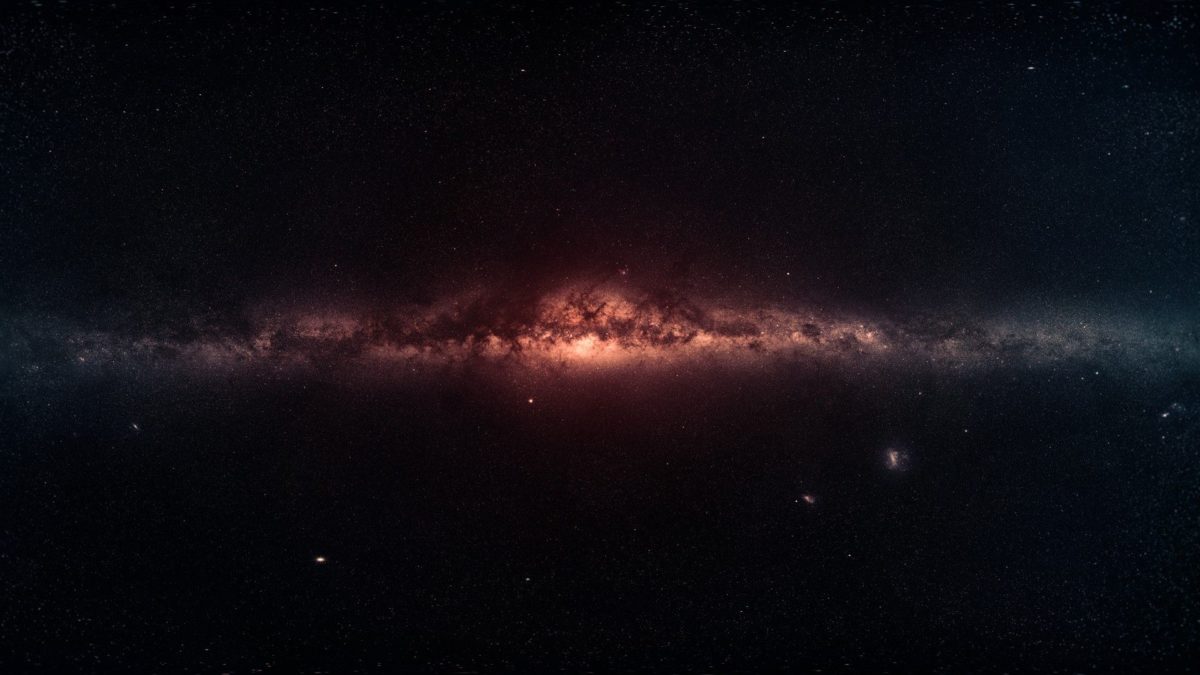OUR STORY
Space Frontier Foundation
Our History Space Frontier Foundation
The Space Frontier Foundation History , it was created in 1988 by a group of space community leaders who were dedicated to opening the space frontier to human settlement as rapidly as possible. These individuals had worked for years—some professionally and some as volunteers—in space research, policy and public outreach. Their experiences lead them to three common but fundamental conclusions:
- Based on research performed since Apollo (primarily by Gerard K. O’Neill’s Space Studies Institute), that the vision of massive industrialization and settlement of the inner solar system was possible within one or two generations.
- The barriers to realizing this vision were primarily found in the bureaucratic nature of the space program.
At the time of its founding, the Space Frontier Foundation stood apart from other public space groups who were merely promoting the current paradigm in space policy. With no existing organization designed explicitly with these three conclusions in mind, the founders quickly concluded that no existing organization was appropriate to this task. Most citizen space groups were trying to promote the current space program; those few entities working seriously to advance the human settlement of space were focused on research (e.g., the Space Studies Institute) or some other non-advocacy function.
And so the Space Frontier Foundation was born. Its vision came directly from the work of Gerard O’Neill and other visionaries such as Konstantin Tsiolkovsky, Robert A. Heinlein, and Arthur C. Clarke. Its strategy would be to wage a war of ideas in the public sphere for a wholly new and ecumenical space agenda.
Our History Space Frontier Foundation
The Space Frontier Foundation was created in 1988 by a group of space community leaders who were dedicated to opening the space frontier to human settlement as rapidly as possible. These individuals had worked for years—some professionally and some as volunteers—in space research, policy and public outreach. Their experiences lead them to three common but fundamental conclusions:
- Based on research performed since Apollo (primarily by Gerard K. O’Neill’s Space Studies Institute), that the vision of massive industrialization and settlement of the inner solar system was possible within one or two generations.
- The barriers to realizing this vision were primarily found in the bureaucratic nature of the space program.
At the time of its founding, the Space Frontier Foundation stood apart from other public space groups who were merely promoting the current paradigm in space policy. With no existing organization designed explicitly with these three conclusions in mind, the founders quickly concluded that no existing organization was appropriate to this task. Most citizen space groups were trying to promote the current space program; those few entities working seriously to advance the human settlement of space were focused on research (e.g., the Space Studies Institute) or some other non-advocacy function.
And so the Space Frontier Foundation was born. Its vision came directly from the work of Gerard O’Neill and other visionaries such as Konstantin Tsiolkovsky, Robert A. Heinlein, and Arthur C. Clarke. Its strategy would be to wage a war of ideas in the public sphere for a wholly new and ecumenical space agenda.


